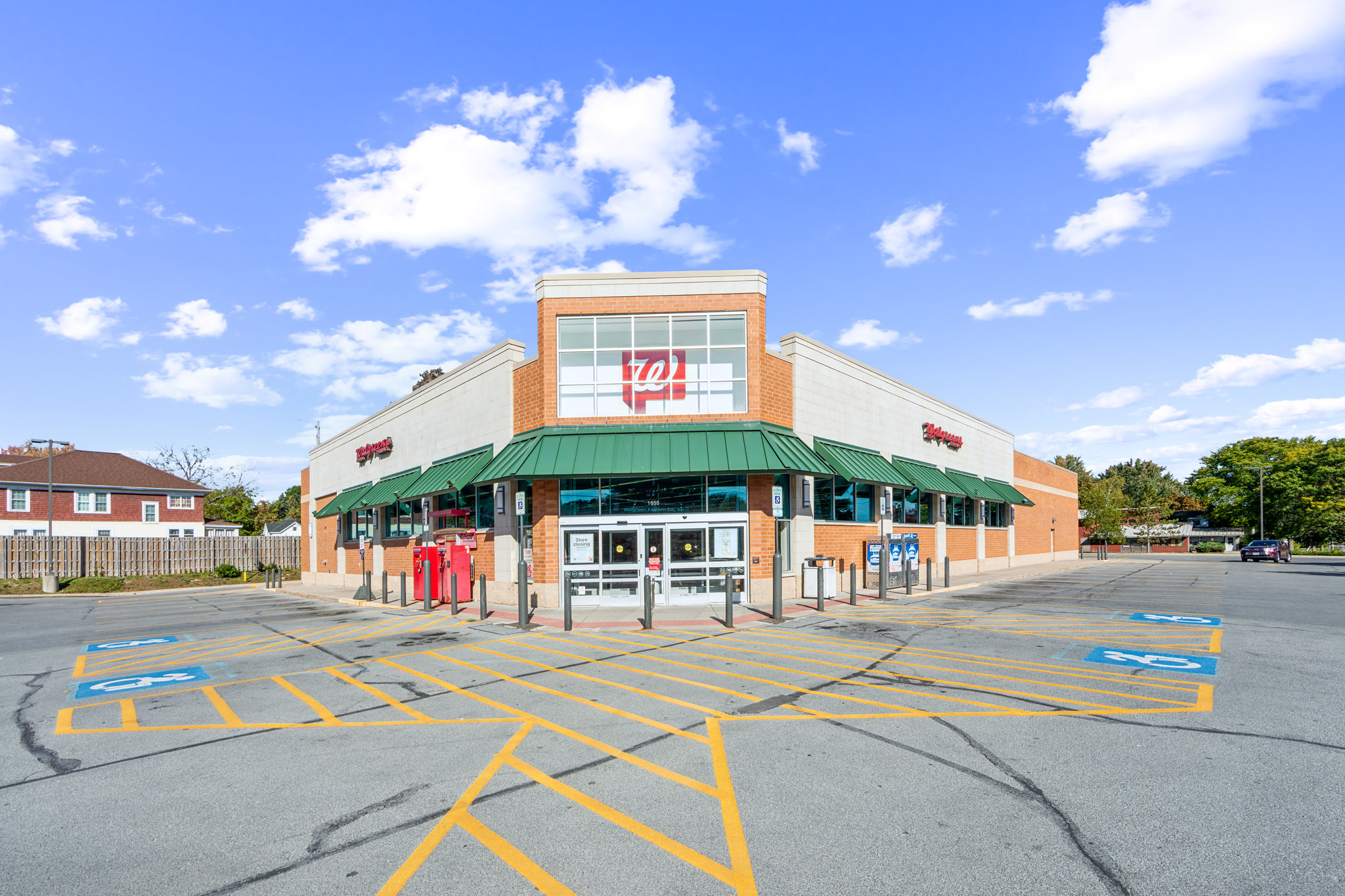Shut Off Faucets You Don’t Use
Pipes that are installed in plumbing systems are made of durable materials. Throughout their lifespan, billions of gallons of water pass through them. However, after years of use, these channels also become weaker, and any change in temperature can cause them to burst.
Installations that have not been used for a long time, especially during cold days, will begin to leak rather than the pipe through which water runs every day. This water is generally lukewarm or additionally heated while passing through plumbing. As it goes through the system, the warmth is transferring to the pipes, and they do not freeze.
If you don’t plan to use the water in the house for an extended period of time (this also applies to cottages and garages), switch off the water supply until temperatures are below zero. Before that, be sure to empty the outside pipes and let them dry for a while. The water standing in the pipes can freeze, causing them to burst from the inside.
Insulation as the Simplest Solution

Pipe insulation is a cost-effective solution to prevent water supply failures during the winter. You don’t need a lot of skills and knowledge, because placing insulation is pretty easy; you just need some essential tools. However, it is good to know what types of insulating materials it is advisable to apply and in what cases.
Materials to Use
Basalt (rock wool) fiber insulation is padding covered with a layer of the insulating film. It’s cylindrical, and this shape eases the pipe operation and protects it from freezing. Due to its excellent performance, rock wool is quite expensive insulation material, but highly efficient and long-lasting.
Rubber and foam insulation can serve, and most homeowners opt for this type of insulation. These covers are inexpensive and easy to use and can be found in two forms – plain and coated with an extra layer of insulation.
Innovation is the application of thermal insulation paste. It’s made from a mixture of varnishes with fillers and an acrylic additive. When applied well, these adhesives keep the inner temperature from falling.
Let the Water Run

Keep track of the weather forecast, and on days when particularly bad weather and low temperatures are expected, allow water to run through the system. Keep the stream thin, just to have enough thrust to push the water through the pipes. Running water will prevent creating ice and frost deposits, but if it still freezes, visit here to check when to call a plumber.
Check Heating System
The smooth operation of the heating system allows your home temperature to be relatively constant. It means that external changes in temperature will have less impact on the internal parts of the plumbing system. If your furnace works well, the chance of pipes and fittings freezing is low.
Seal Cracks on House
Cold can easily seep through holes and cracks that occur on the walls of your house. When you do the standard plumbing system check, do the walk around and look for visible defects on your facade. You can quickly solve them by using foam or caulk based filler. Closing these cracks will make the whole house warmer.
Regular inspection is something you have to do before and after each winter, as proper maintenance of the plumbing system reduces the possibility of damage. And every problem that occurs in winter asks for an immediate solution, which means significantly higher expenses and more troubles.







Leave a Comment